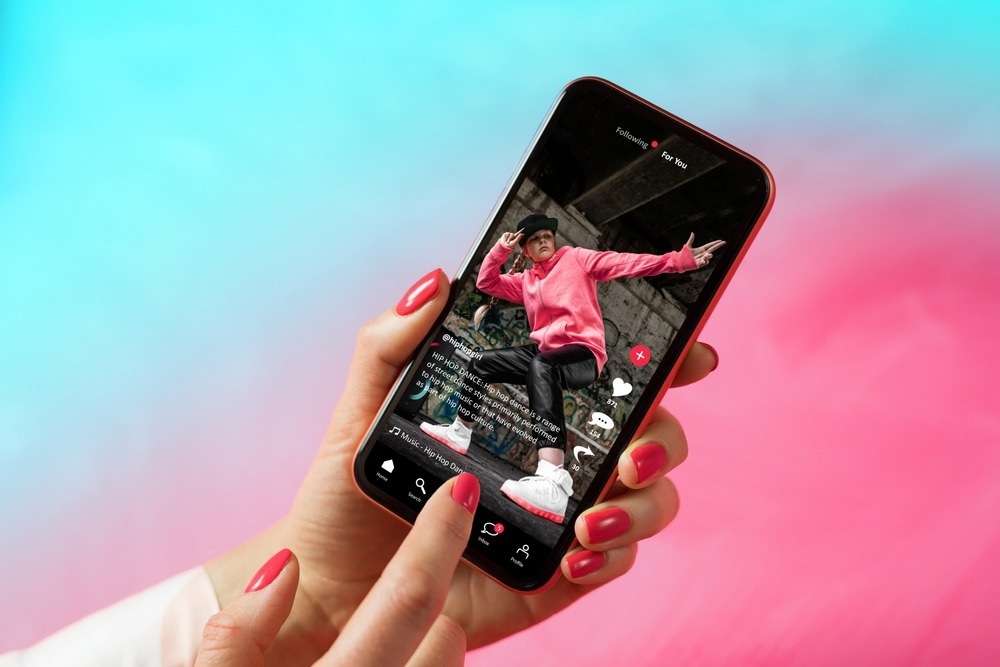Obesity is a key risk factor for many non-communicable diseases, such as cancer, diabetes, and cardiovascular diseases. It has been associated with a reduction in life expectancy by 5-20 years. This makes weight-loss interventions important, and recent research has shown that social media may be successfully integrated into such interventions to curb the obesity epidemic. In this regard, a new Public Health study analyzed the 100 most trending TikTok videos related to weight loss.
 Study: TikTok: a far-reaching opportunity for health professionals to address weight loss. Image Credit: Kaspars Grinvalds/Shutterstock
Study: TikTok: a far-reaching opportunity for health professionals to address weight loss. Image Credit: Kaspars Grinvalds/Shutterstock
Background
Besides the risk of diseases mentioned above, a high body mass index is also associated with an inferior body image, which could lead to poor mental health. Generally, treatment strategies for obesity start with small goals leading up to a 5-10% loss. Changes in dietary habits and increased physical activity are generally recommended.
The digital world has now transformed people from passive receivers of information to active seekers of information. Individuals can now reach out to people with similar health goals, and social media has a big role in this. Sharing and discussing "lived experiences'' can be empowering for individuals trying to lose weight. Additionally, barriers such as cost and accessibility are bypassed if social media is used to divulge public health communications.
Previous diet-focused weight loss studies mainly focus on Twitter, YouTube, and Facebook. TikTok is one of the most downloaded social media applications in the world. It is available in more than 150 countries and 75 different languages. TikTok has more than a billion monthly active users. The authors of the current study could not find research on the use of TikTok for weight loss. This study aims to fill this gap by studying the characteristics and content of the most trending videos on TikTok related to weight loss.
About the study
This is a cross-sectional study, where, at the time of conducting the study (May 2022), the hashtag #weightless was the most popular hashtag on this topic. It had a total of 515.4 billion cumulative views. This hashtag was searched, and 100 popular videos were identified and coded into 27 pre-determined categories.
The metadata on each video was grouped according to the number of likes and views, predominant theme, comments, forwards, etc. The presence of diet- and lifestyle-related specifics, exercise and weight-related information, and emotions associated with weight loss were also considered. Lifestyle and diet-related categories included specific dietary and lifestyle changes, while emotions were captured through information on body shaming and pre- and post-weight loss.
A single researcher watched and coded the 100 videos, while another did the same for 10% of randomly selected videos. A Cohen's kappa value of 0.96 implied high agreement among researchers.
Key insights
A large fraction (60%) of videos that were studied had graphics related to weight loss, and these garnered the most likes, forwards, and comments. The videos had a total of 1,165,800,000 views, 963,981 comments, 151,839,300 likes, and 1,509,421 forwards. About 93% of the videos were posted by consumers, who accounted for 93% of the likes, 92% of the comments, and almost 90% of the forwards.
The videos with graphics accounted for about 66% of likes, 62% of comments, and 47% of forwards. About 56% of the videos had a transformational theme, accounting for approximately 60% of likes, 62% of comments, and 44% of forwards. Roughly 20% of the videos were informational, and 25% included a workout or an entertainment theme.
Independent t-tests revealed that informational videos significantly influence the number of comments and likes. Twenty-seven percent of the videos mentioned accurate quantification of weight loss and accounted for about 26% of likes, 27% of comments, and 22% of forwards. A significant influence in the comments came from about 11% of the videos that mentioned how to lose weight. On the emotional front, body shaming, trying on clothes, and self-care were mentioned in about 15% of the videos. These videos garnered almost 25% of likes, 28% of comments, and 15% of total forwards.
Conclusion
A key limitation of the study included the small sample size. Further, it was difficult to determine whether the listed number of views accurately measured true viewership, as the same user could watch a video many times. Additionally, the study could not capture the changing trends owing to its cross-sectional nature.
In sum, the authors stated that TikTok should be used more by health professionals in addition to conventional health promotion and other weight loss interventions. In the future, more research should be conducted to understand the avenues through which social media can impact weight loss and overall health status.